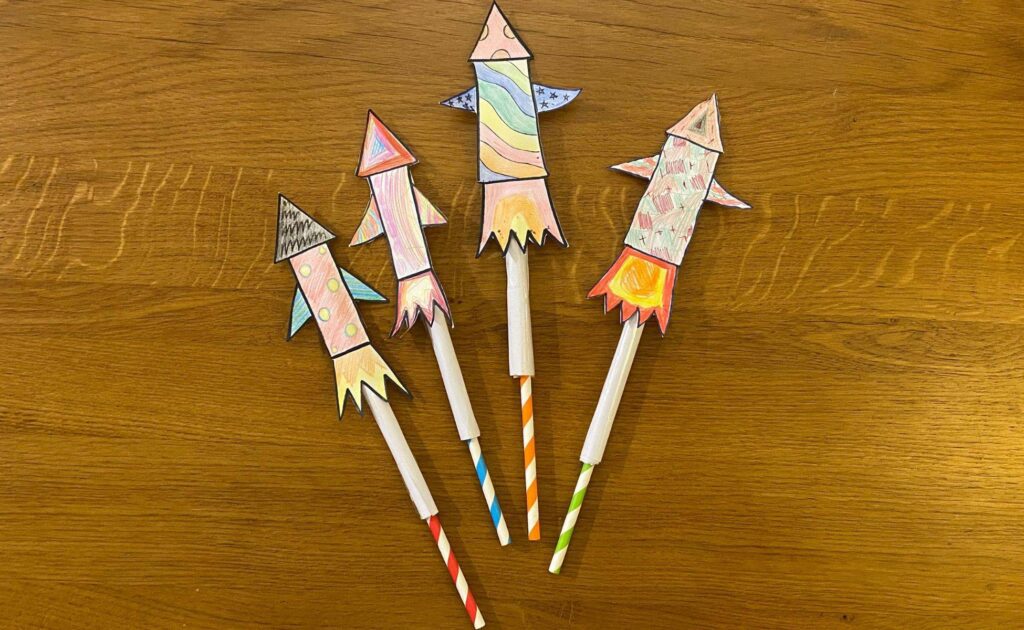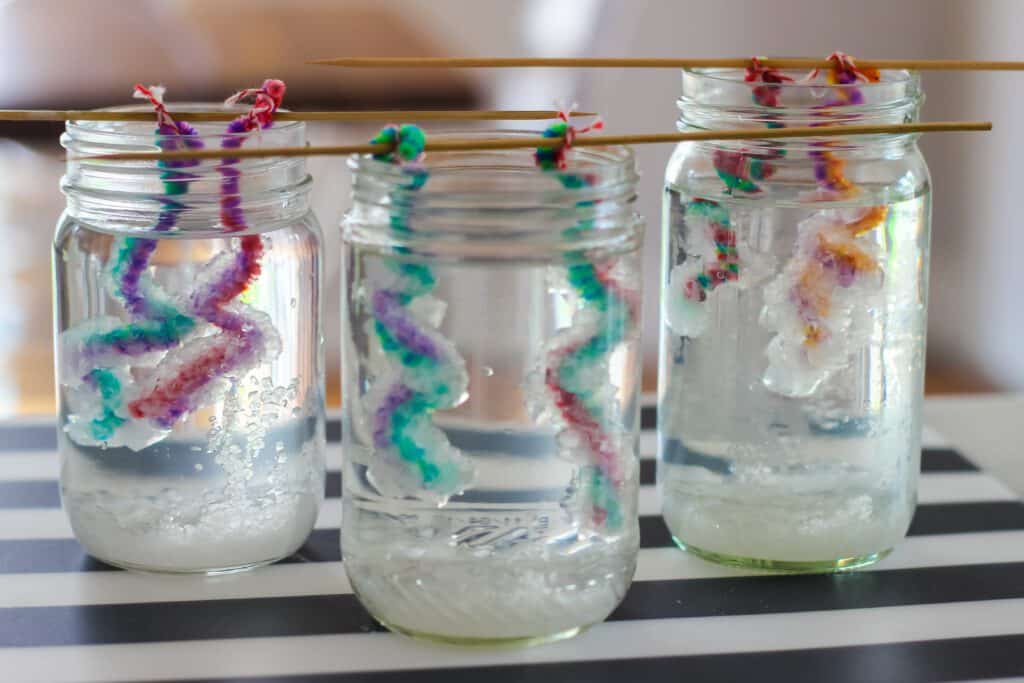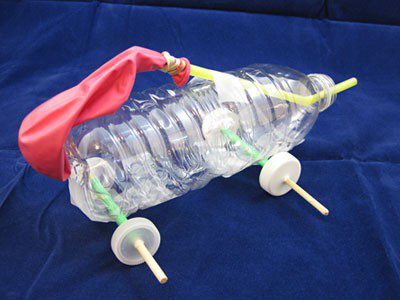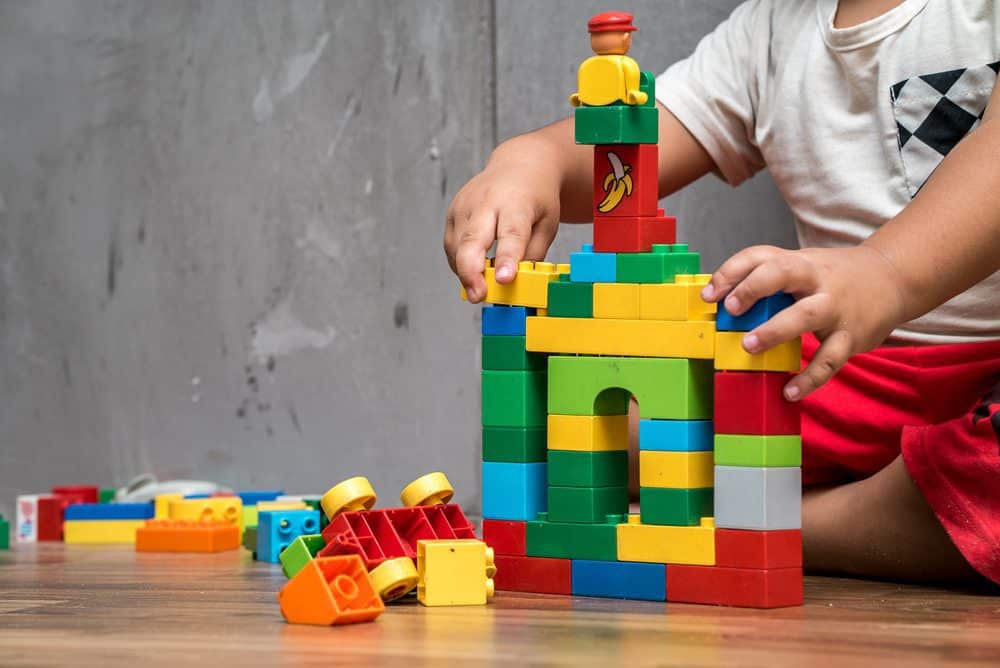 Book a Tour
Book a Tour WhatsApp
WhatsApp Join Waitlist
Join Waitlist
Supported by their team of Educators, the children at Heritage House Childcare and Early Learning Centres participated in a variety of experiments this past month in honour of National Science Week. These included creating fizzing volcanoes, walking rainbows and exploring the wonder of gravity. These engaging experiments not only make science fun but also encourage critical thinking and creativity among our young learners. Science, Technology, Engineering, Arts and Mathematics (STEAM) are at the core of our rapidly advancing world. Introducing children to STEAM concepts at an early age can help expand children’s cognitive functions and encourage a passion for lifelong learning.
These DIY easy STEAM experiments are fun, simple and designed to teach children important concepts in an engaging way using only household items and a bit of brain power. They are not only educational but also a great way to bond with your children at home. Who knows, you might just inspire the next generation of scientists, engineers, and innovators!
Straw Rockets
Straw rockets are a blast! This is a thrilling activity that combines science, engineering, and creativity into one project. You’ll need a few supplies to get started:
Begin by designing your rocket on a piece of paper. Once the design is complete, carefully cut out the rocket components. Get creative with colours, patterns, and design (think about added fins and a nose cone for functionality!).
Roll the body of the rocket tightly around a drinking straw. Secure it with tape, ensuring it’s snug but not too tight that it can’t slide off the straw. Attach the fins to the bottom of the rocket and the nose cone to the top. With your rocket complete, it’s time to prepare for liftoff. Slide the rocket onto the straw, making sure it’s snug but can still move freely.
Point the rocket skyward, and take a deep breath. Hold the straw firmly between your thumb and index finger. Blow into the straw as hard as you can to launch your rocket. The force of your breath will shoot the rocket into the air. You can even experiment with different designs to see how they affect flight.

In this hands-on activity, children can explore the fascinating process of crystal formation. You’ll need a few supplies to get started:
Begin by shaping your pipe cleaner into the desired shape for your crystal. It could be a simple geometric shape like a star, a snowflake, or even a freeform design. Boil water and pour it into your jar or glass container. Add borax to the hot water and stir until it dissolves (a job that should be handled by an adult!). You can experiment with the amount of borax to create larger or smaller crystals. Tie the string or another piece of pipe cleaner to your crystal shape. Make sure the crystal can hang freely in the borax solution without touching the sides or bottom of the container. Carefully lower your crystal shape into the borax solution, ensuring it’s fully submerged. Place the container in a quiet, undisturbed location where it won’t be bumped or moved. Over the next several hours or days, you’ll start to see tiny crystals forming on your suspended shape!

Balloon-Powered Car
Unleash the thrill of speed and engineering by creating a balloon-powered car. You’ll need a few supplies to get started:
Attach one plastic bottle cap to each end of the bendy straw to create your car’s axles. These will serve as your wheels. Use tape to attach the axles to the sides of your plastic bottle, making sure they can spin freely. Carefully cut the neck of the balloon (the part you blow into) and stretch it over the mouth of the plastic bottle, securing it tightly with tape. This will serve as your car’s engine. Get creative! Decorate your car to give it a unique and personalised appearance. This is where you can let your imagination run wild. When you are ready to race hold the balloon’s neck, inflate it, and pinch it closed. Place your car on a smooth, flat surface, and then release the balloon. Watch as the escaping air propels your car forward.

LEGOs have been a beloved toy for generations, and they’re not just for play—they’re for learning too! By building from scratch, children can experiment with balance, stability and problem-solving. If you are looking to engage your child in a STEAM activity without all the fuss, this might be the one for you. Let their imagination run wild or set challenges for them to complete. Ask them to build a bridge, make a garage for their other toys, or build a brand-new city!

Science experiments help introduce basic science concepts and encourage children to explore the world around them. They don’t even have to be complicated – it’s just about understanding and demonstrating. Beyond learning, enjoyable science experiments give parents like you an opportunity to spend quality time with your children.
Looking for a childcare centre that will nurture your child’s scientific skills? Call your local Heritage House centre or Book A Tour online to explore how we embed STEAM in our educational programming.